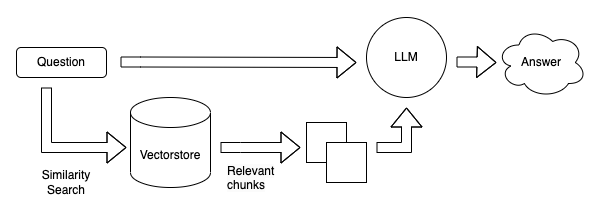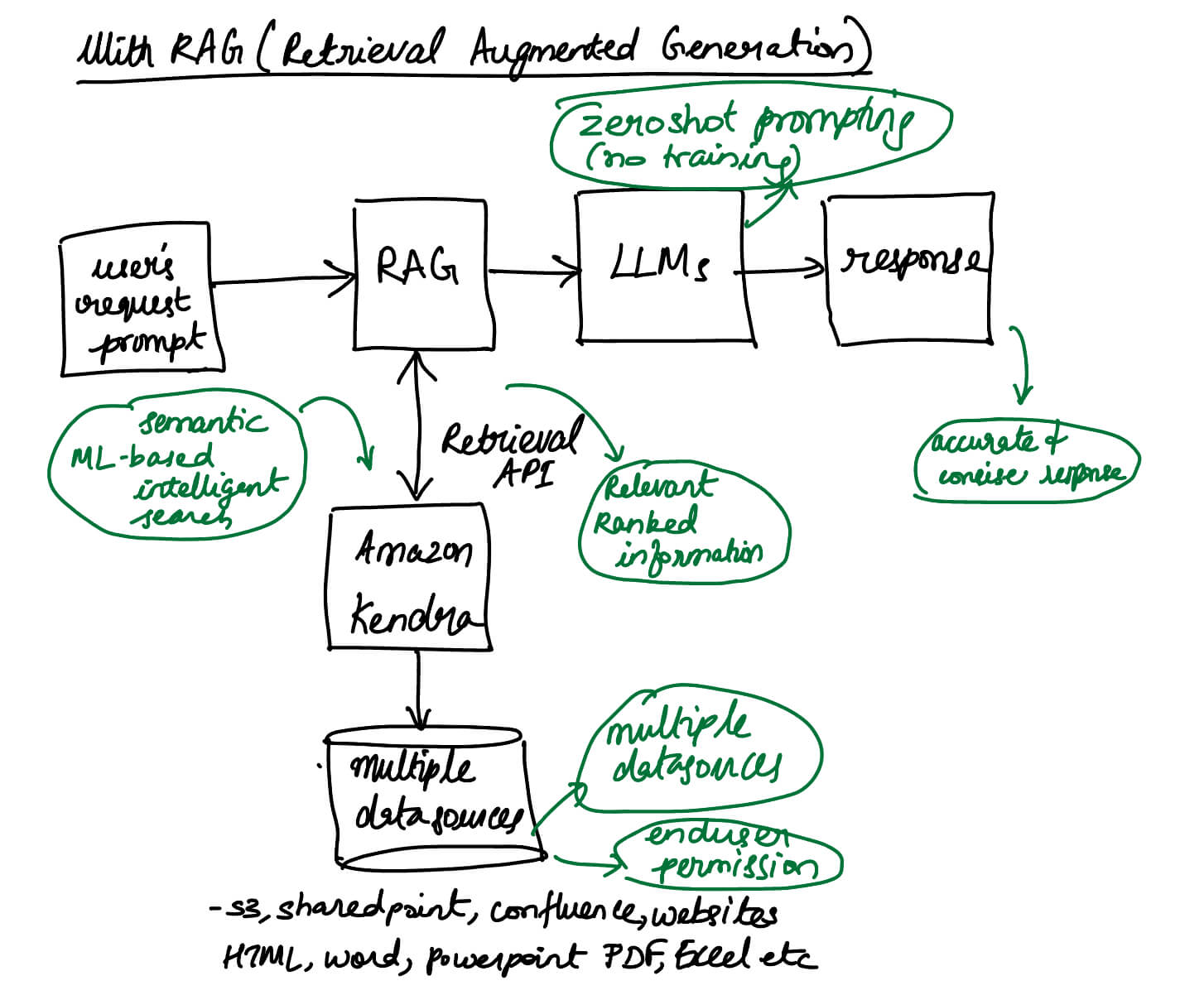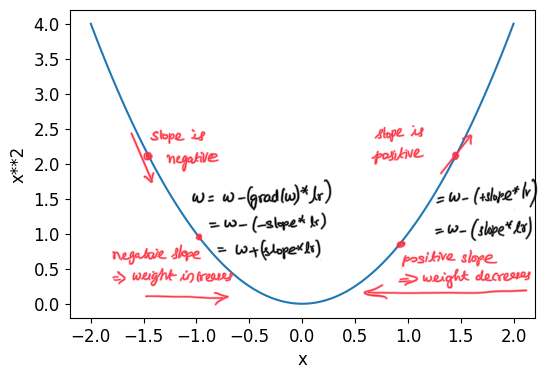Optimizing Language Model Training: PEFT, LoRa, and QLoRa Techniques
In recent months, the field of natural language processing (NLP) has seen remarkable advancements in training large language models (LLMs) with significantly reduced RAM requirements. This breakthrough not only allows fine-tuning of these models but also enhances their reusability and portability. This article explores the innovative techniques of PEFT, LoRa, and QLoRa, which are revolutionizing the way we approach language model fine-tuning.
Parameter Efficient Fine-Tuning (PEFT)
One of the primary challenges in training LLMs is the intense pre-training phase, where models ingest billions or even trillions of tokens to establish a foundation. Fine-tuning is where PEFT comes into play. PEFT, or Parameter Efficient Fine-Tuning, is designed to reduce the RAM and storage requirements by only fine-tuning a small number of additional parameters while keeping the majority of model parameters frozen.
PEFT offers several advantages. It allows for effective generalization even with relatively small datasets, making it a valuable tool for many applications. Furthermore, it increases the model’s reusability and portability. The small checkpoints obtained during PEFT can easily be integrated into the base model, and the base model can be fine-tuned and repurposed for various tasks without catastrophic forgetting. This means that the knowledge acquired during pre-training remains intact, ensuring the model’s overall reliability.
LoRa: A Low-Rank Adaptation of LLMs
Traditionally, most PEFT techniques add new layers on top of the pre-trained base model. These layers, known as “Adapters,” are trained alongside the base model parameters. However, this approach can introduce latency issues during the inference phase, making it inefficient for some applications. Enter LoRa, which stands for “Low-Rank Adaptation of Large Language Models.”
LoRa takes a different approach. Instead of adding new layers, it modifies the parameters in a way that minimizes latency issues during inference. It does so by training and storing changes in additional weights while keeping the pre-trained model’s weights frozen. The key innovation in LoRa is the decomposition of the weight change matrix (∆W) into two low-rank matrices, A and B. By training only the parameters in A and B, LoRa drastically reduces the number of trainable parameters, making it an efficient and elegant solution for fine-tuning LLMs.
The size of these low-rank matrices is determined by the “r” parameter. Smaller values of “r” lead to fewer trainable parameters, reducing the computational effort and training time. However, it’s essential to strike a balance, as an overly small “r” may result in information loss and reduced model performance.
For a deeper understanding of LoRa and its implications, you can refer to the original paper or explore numerous articles that delve into the details of this technique.
QLoRa: Optimizing for Memory Usage
Taking LoRa’s efficiency a step further, QLoRa, or Quantized LoRa, introduces techniques to optimize memory usage and make training more lightweight and cost-effective. QLoRa applies 4-bit normal quantization, nf4, which is optimized for normally distributed weights. This quantization method reduces memory requirements without significant loss in model quality.
Additionally, QLoRa employs double quantization, further reducing the memory footprint while maintaining performance. To optimize memory usage, it leverages the NVIDIA unified memory.
In a nutshell, QLoRa focuses on memory efficiency to achieve lighter and more cost-effective training, making it an attractive option for projects with resource constraints.
In conclusion, these techniques, PEFT, LoRa, and QLoRa, are transforming the landscape of language model fine-tuning. They not only reduce the computational requirements but also improve reusability and model portability. As NLP continues to advance, these innovations open the door to more accessible and efficient training of large language models.
Twitter Facebook LinkedIn





Comments